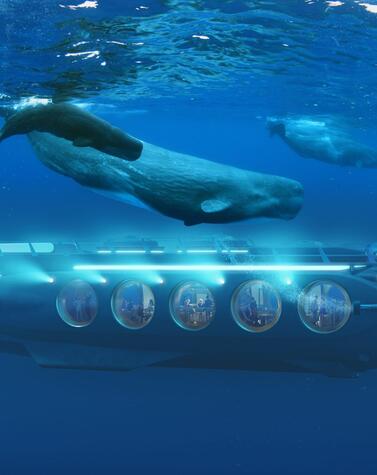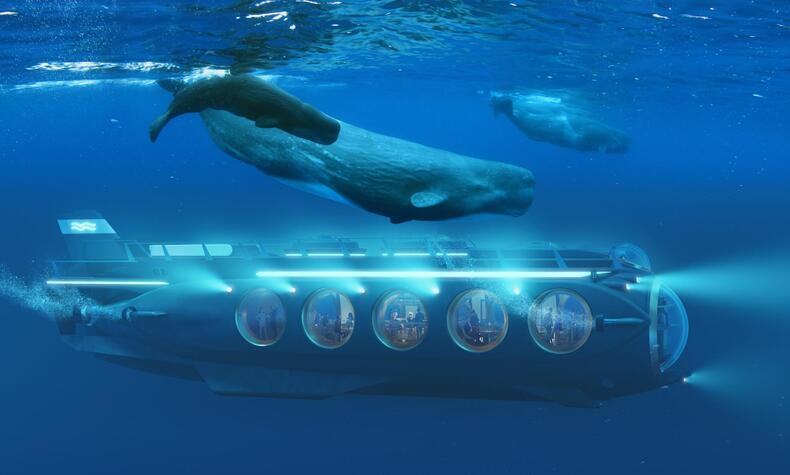The pioneer who circumnavigated the world by airship: Grace Drummond-Hay
Lady Grace Drummond-Hay was the first woman to fly aboard a blimp, the LZ-127 Graf Zeppelin, in 1928.
Born Grace Marguerite Lethbridge in Liverpool in 1895, her insatiable curiosity led her to become a journalist. She wrote for various publications, and in 1923, she married Robert Hay Drummond-Hay, a well-known former British consul, 50 years older than her. Grace was left a widow with a large inheritance and continued to work as a journalist for different media outlets, including the Chicago Herald Examiner, owned by publisher William Randolph Hearst.
As a journalist for the Hearst Group, Drummond-Hay made her first Zeppelin flight in October 1928, when she was chosen to accompany five other reporters, including fellow Hearst journalist and colleague Karl von Wiegand, on the first transatlantic flight of the Graf Zeppelin between Germany and America. As the only woman on the flight, Drummond-Hay received much attention from the world's press. The huge airship had a length of more than 236 meters and a diameter of more than 30 meters.
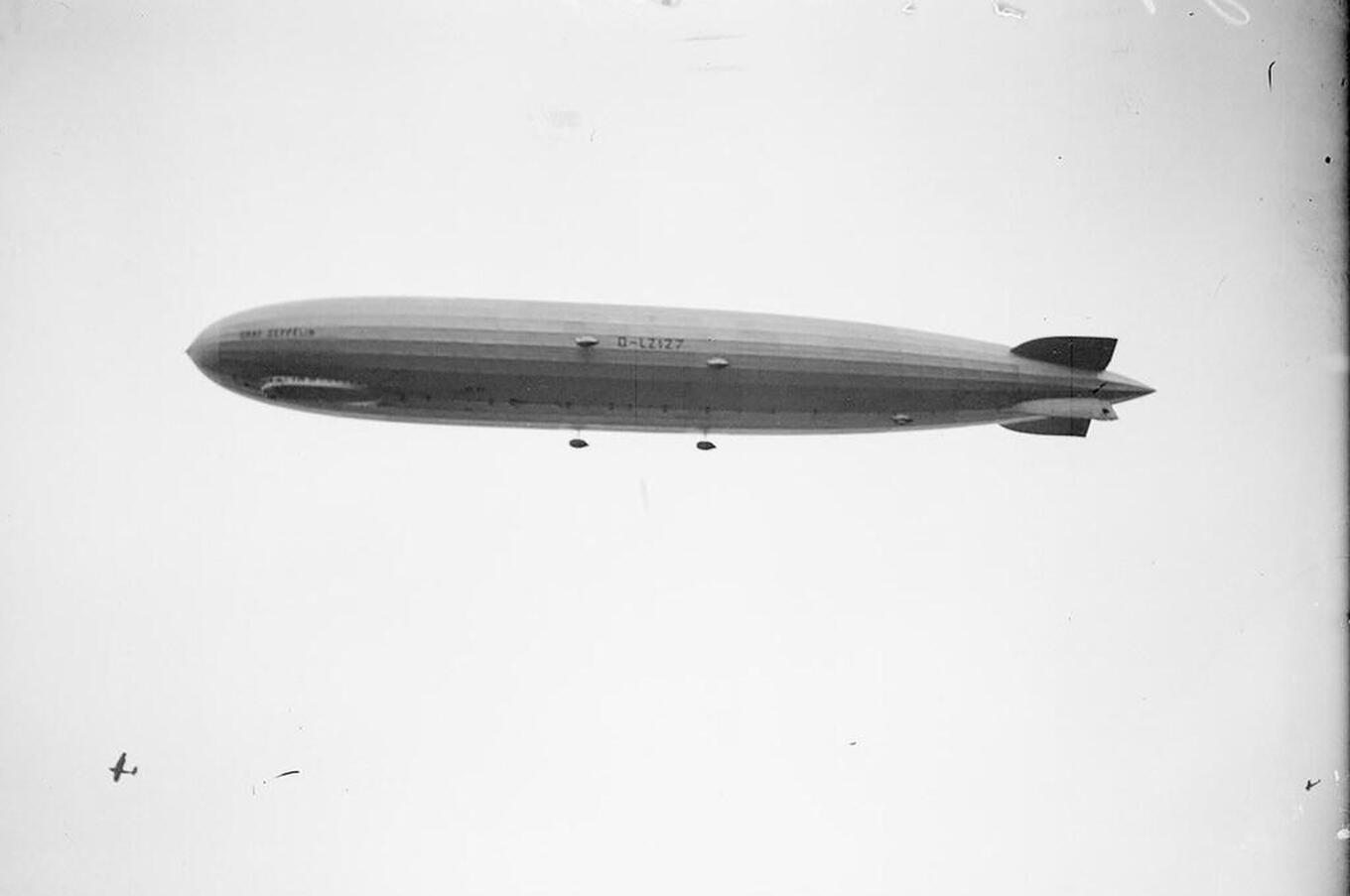
In 1929, Hearst decided to sponsor the first around-the-world flight aboard the LZ-127 Graf Zeppelin airship. He set only one condition: that his best journalist travel aboard the airship to inform the world of the epic feat and that the trip, which was to last 21 days, should begin at the Lakehurst Naval Base in New Jersey and not in Friedrichshafen, Germany.
The voyage began on August 8, 1929. Lady Grace was the only woman among the 60 passengers and crew members. Curiously, two of the members of the flight were Spaniards, journalist Joaquín D. Rickard and the physician Jerónimo Megías, who paid 7,000 dollars at the time for the ticket and who, after the trip, published the book "The First round-the-world trip on the Graf Zeppelin".
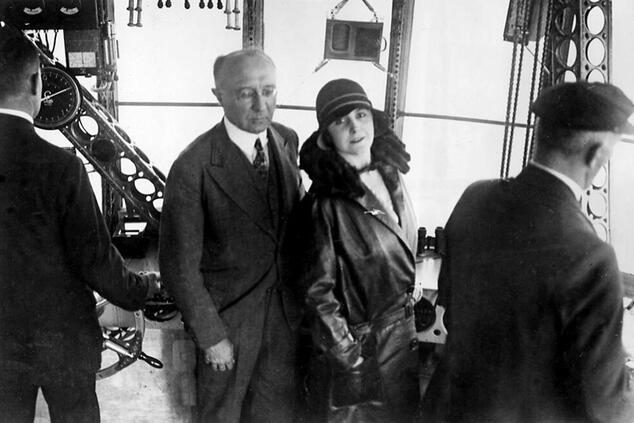
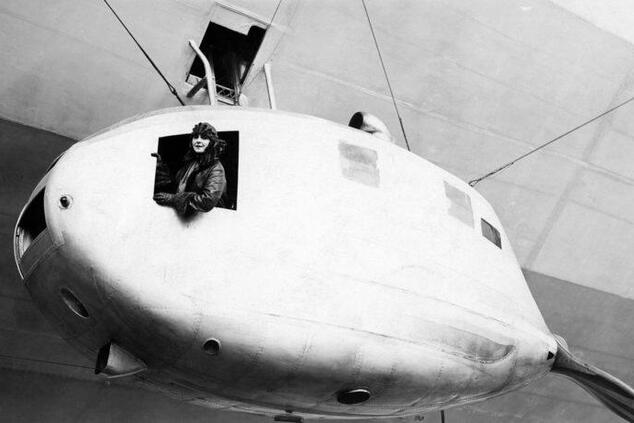
The airship flew from the United States to Germany, where it stopped to refuel. It departed Berlin on August 15 for Poland and the Soviet Union until arriving in Tokyo on August 18.
On August 23, flying over the Pacific Ocean, the aircraft was caught in a major storm, the radio signal was cut off, and engine problems meant that they almost had to abort the trip. For two days, the world was in suspense, thinking that the aircraft had disappeared when it stopped transmitting. But, after many repairs, the crew made it to San Francisco, then to Los Angeles, and finally back to the starting point, Lakehurst.
They had covered nearly 50,000 kilometers in just over 12 days of flying and 21 of travel in total.

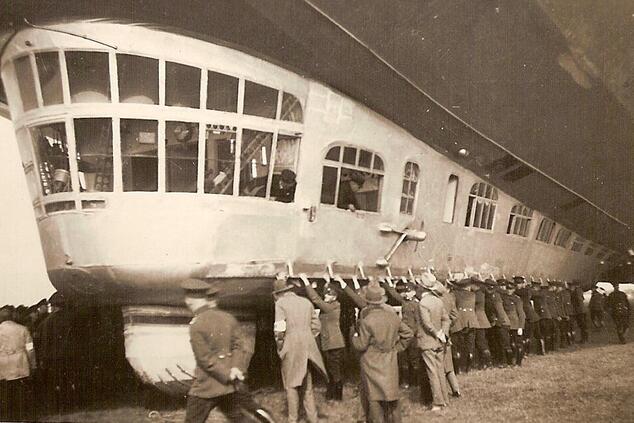
Aboard the Hindenburg
Grace's passion for reporting on airship travel didn't end there. Lady Drummond-Hay also traveled aboard the inaugural flight of the Hindenburg from Germany to the United States in May 1936. Just one year later, the glorious era of the passenger airships would end with the crash of the Hindenburg on May 6, 1937.
Lady Grace continued her wanderlust and was in the Philippines with Karl von Wiegand when the Japanese invaded the islands in 1942. Both were interned in a Japanese camp in Manila. Although they survived and returned to New York, Grace died of coronary thrombosis in early 1946 as a result of the extremely harsh conditions she had endured in the concentration camp.
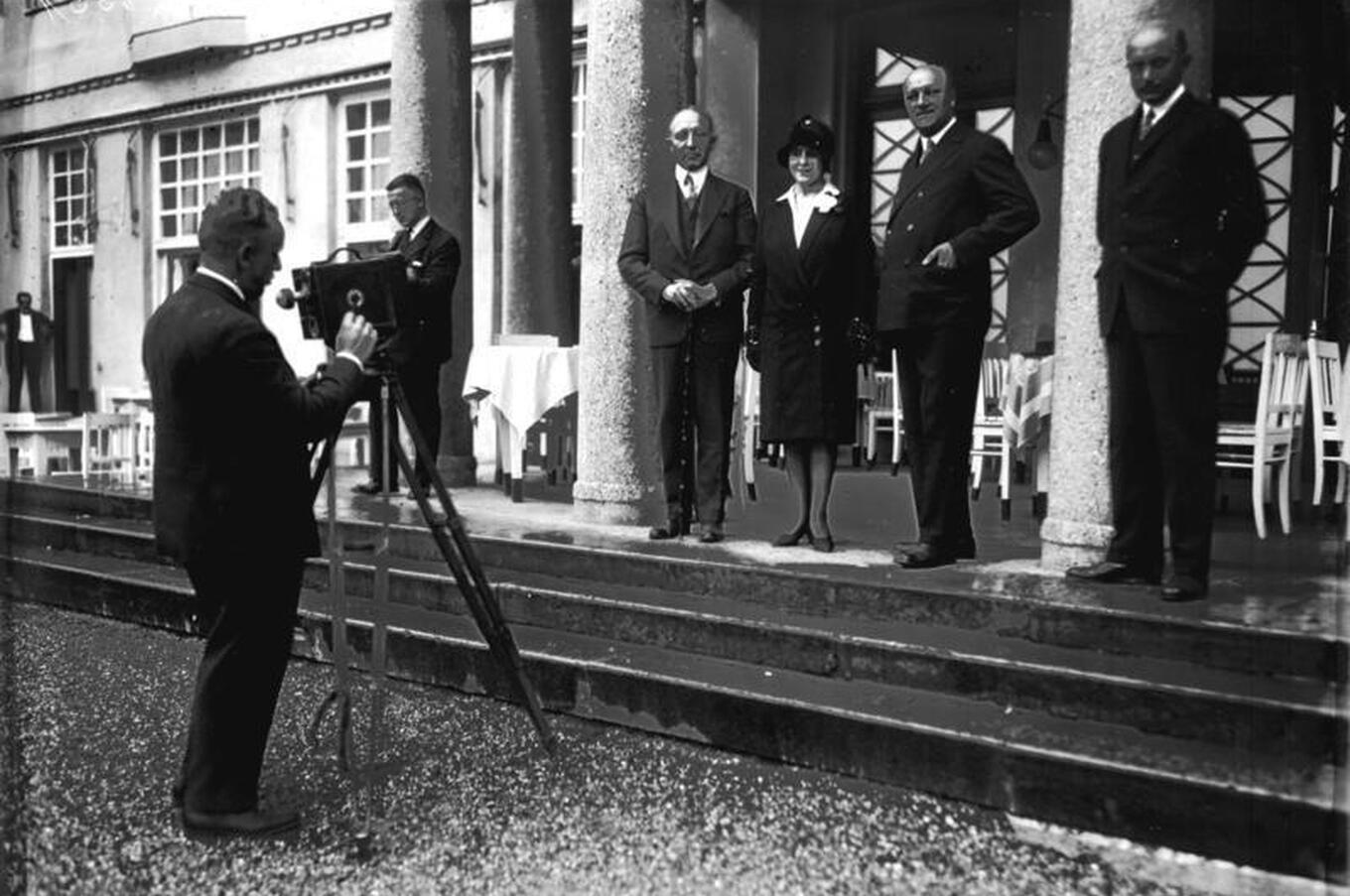
During her career as a journalist, Lady Grace Drummond-Hay made an important contribution to passing on knowledge about the travel and technology of the airships that reigned in the skies during the 1920s and 1930s.










